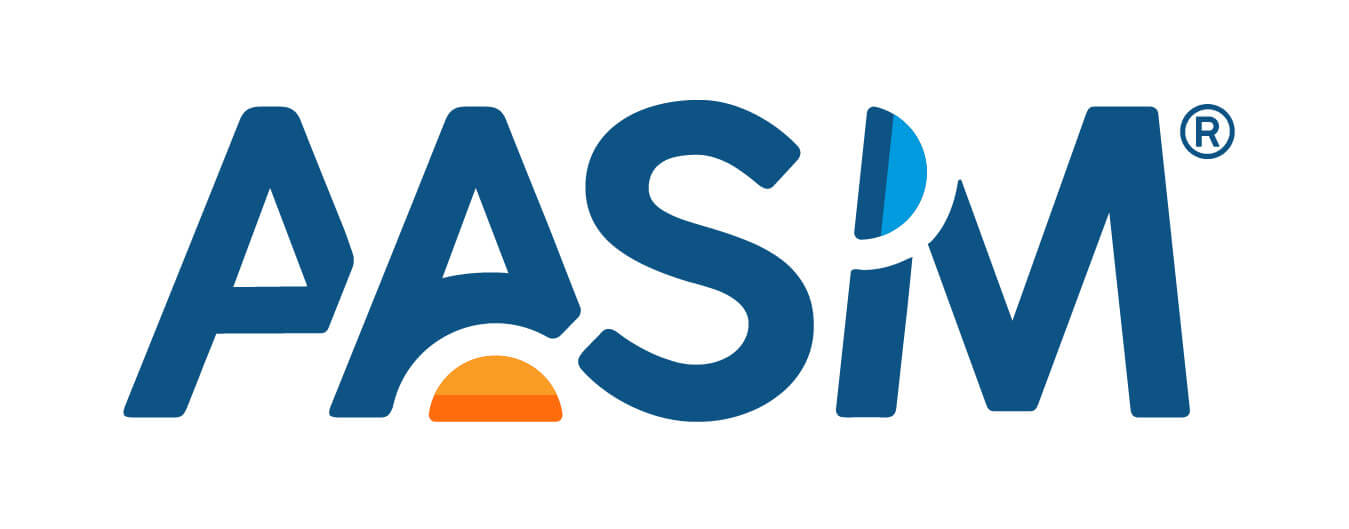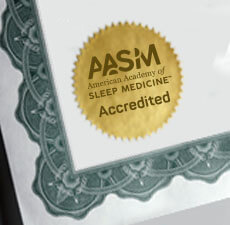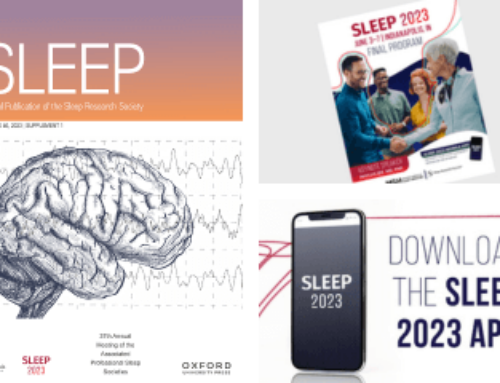EMBARGOED FOR RELEASE
June 9, 2008, at 12:01 a.m.
CONTACT:
Kathleen McCann
(708) 492-0930, ext. 9316
WESTCHESTER, Ill. – Children with high risk for a sleep-related breathing disorder (SRBD) are more likely to have anxiety, according to a research abstract that will be presented on Monday at SLEEP 2008, the 22nd Annual Meeting of the Associated Professional Sleep Societies (APSS).
The study, authored by Shalini Paruthi, MD, of the University of Michigan, focused on 341 families with a child in second through fifth grade, who were surveyed about SRBD symptoms as well as behavior. Parents completed two well-validated instruments: the SRBD subscale of the Pediatric Sleep Questionnaire and the Conners’ Parent Rating Scale.
According to the results, children with a high risk for an SRBD, compared to those without, were more likely to have anxiety. This relationship was independent of hyperactivity, which is known to be associated with both SRBD and anxiety.
“SRBD is a common condition in children, and is frequently associated with cognitive and behavioral morbidities such as hyperactivity,” said Dr. Paruthi. “Anxiety in children is often multifactorial and can be associated with other disorders, including ADHD. As ADHD has been associated with SRBD, our results showed that treatment of an SRBD has been shown to improve behavior and cognitive function in children diagnosed with ADHD, and may translate into treatment options for school age children with anxiety. More research is needed to further explore this relationship between SRBD and anxiety.”
The most common category of SRBD is obstructive sleep apnea (OSA), which causes your body to stop breathing during sleep. OSA occurs when the tissue in the back of the throat collapses and blocks the airway. This keeps air from getting into the lungs.
OSA occurs in about two percent of young children. It can develop in children at any age, but it is most common in preschoolers. OSA often occurs between the ages of three and six years when the tonsils and adenoids are large compared to the throat. OSA appears to occur at the same rate in young boys and girls. How often it occurs in infants and teens is unknown. OSA also is common in children who are obese.
OSA is more likely to occur in a child who has a family member with OSA.
Most children with OSA have a history of snoring. It tends to be loud and may include obvious pauses in breathing and gasps for breath. Sometimes the snoring involves a continuous, partial obstruction without any obvious pauses or arousals. The child’s body may move in response to the pauses in breathing.
Symptoms of OSA tend to appear in the first few years of life. But OSA often remains undiagnosed until many years later. In early childhood OSA can slow a child’s growth rate. Following treatment for OSA children tend to show gains in both height and weight. Untreated OSA also can lead to high blood pressure.
It is recommended that school-aged children get between 10-11 hours of nightly sleep.
The American Academy of Sleep Medicine (AASM) offers some tips to help your child sleep better:
- Follow a consistent bedtime routine. Set aside 10 to 30 minutes to get your child ready to go to sleep each night.
- Establish a relaxing setting at bedtime.
- Interact with your child at bedtime. Don’t let the TV, computer or video games take your place.
- Keep your children from TV programs, movies, and video games that are not right for their age.
- Do not let your child fall asleep while being held, rocked, fed a bottle, or while nursing.
- At bedtime, do not allow your child to have foods or drinks that contain caffeine. This includes chocolate and sodas. Try not to give him or her any medicine that has a stimulant at bedtime. This includes cough medicines and decongestants.
It is important to make sure that your child gets enough sleep and sleeps well. The value of sleep can be measured by your child’s smiling face, happy nature and natural energy. A tired child may have development or behavior problems. A child’s sleep problems can also cause unnecessary stress for you and the other members of your family.
Parents who suspect that their child might be suffering from a sleep disorder are encouraged to consult with their child’s pediatrician or a sleep specialist.
The annual SLEEP meeting brings together an international body of 5,000 leading researchers and clinicians in the field of sleep medicine to present and discuss new findings and medical developments related to sleep and sleep disorders.
More than 1,150 research abstracts will be presented at the SLEEP meeting, a joint venture of the AASM and the Sleep Research Society. The three-and-a-half-day scientific meeting will bring to light new findings that enhance the understanding of the processes of sleep and aid the diagnosis and treatment of sleep disorders such as insomnia, narcolepsy and sleep apnea.
SleepEducation.com, a patient education Web site created by the AASM, provides information about various sleep disorders, the forms of treatment available, recent news on the topic of sleep, sleep studies that have been conducted and a listing of sleep facilities.
Abstract Title: Sleep-Disordered Breathing: Does it Play a Role in Anxiety?
Presentation Date: Monday, June 9
Category: Pediatrics
Abstract ID: 0269
# # #







